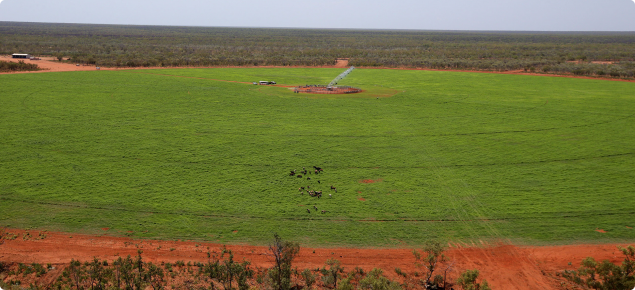The program extends from Kununurra to the Great Southern and is one program looking to build on the core of Western Australia’s strategic approach to increase productivity in agriculture while building export supply chains and encouraging capital investment in regional industries.
The primary objective of Water for Food is to identify water and land resources, as well as irrigation technologies, that could enable Western Australia’s fresh food and animal protein production to increase its contribution to regional economies by at least 50 per cent by 2025 and twofold by 2050. Additionally the program will provide a boost to regional Western Australian communities through the development and diversification of the WA agriculture and food sector.
The program supports public and private sector investment decisions for new commercial scale irrigated agriculture precincts and the expansion of existing areas, by identifying where water is available, along with its quality and quantity.
Water for Food is a joint-government agency program delivered by the Department of Primary Industries and Regional Development, the Department of Water and Environmental Regulation and the Department of Planning, Lands and Heritage. Each agency plays a vital role in the delivery of the Water for Food program to support the development, growth and expansion of exciting agricultural and pastoral projects across the State.
The aims of the Water for Food program are:
- Contribute to regional economic growth: The increased certainty of sustainable water supplies will provide new opportunities for businesses and boost the State’s regional communities.
- Grow employment opportunities: Water for Food aims to increase agricultural and pastoral activity, offering an increased capacity for local employment.
- Diversify pastoral and agricultural industry: Water certainty underpins confidence in the pastoral and agricultural industries to diversify and increase the scale and range of crops through irrigation.
- Meet demand for produce growing markets, including China, South East Asia and the Middle East.
- To engage Aboriginal people in agriculture through business partnerships: Aboriginal business partnerships are considered essential to lifting food production, particularly in the north of the State.

